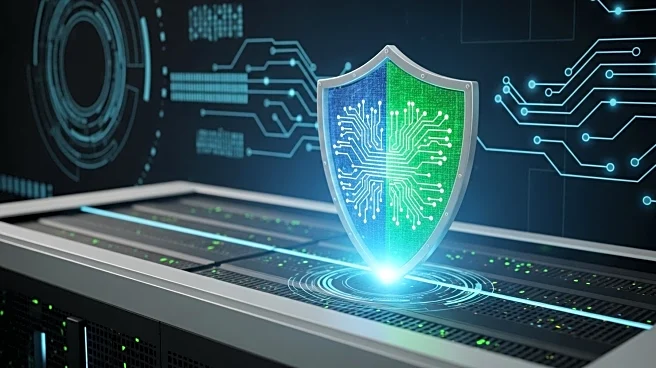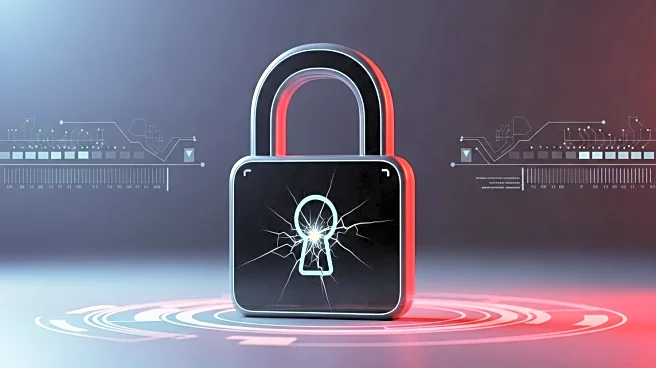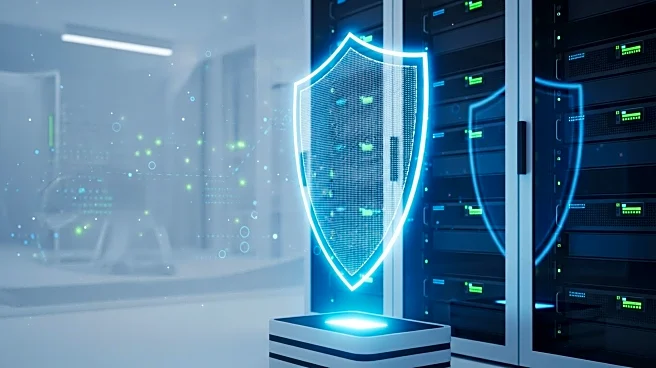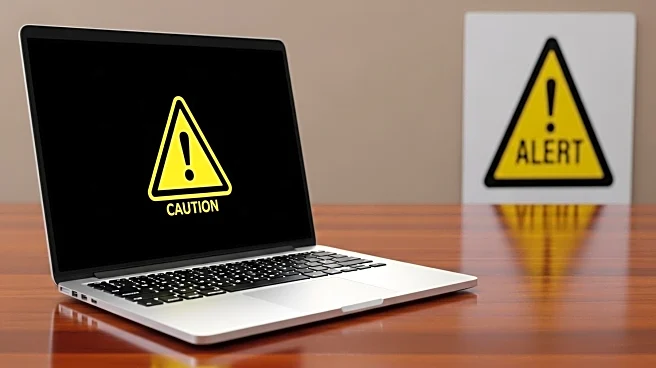What's Happening?
SAP S/4HANA cloud customers are being urged to patch a critical code injection vulnerability, CVE-2025-42957, which has been actively exploited. The flaw, with a CVSS score of 9.9, allows attackers with low user privileges to gain full control over SAP systems, posing significant risks to organizations across various sectors. The vulnerability enables arbitrary code injection, bypassing authorization checks, and could lead to data theft, credential harvesting, and operational disruptions. Security experts emphasize the importance of immediate patching, as no workarounds are available.
Why It's Important?
The exploitation of this vulnerability in SAP S/4HANA systems highlights the critical need for timely security updates in enterprise environments. SAP systems are integral to financial, supply chain, and operational processes, making them attractive targets for cybercriminals. The potential for widespread impact across industries such as banking, manufacturing, and healthcare underscores the importance of robust cybersecurity measures. Organizations that fail to patch promptly risk severe operational and reputational damage, as well as financial losses.
What's Next?
Organizations using SAP S/4HANA must prioritize patching to mitigate the risk of compromise. Security teams need to accelerate their patching processes, given the complexity of SAP systems and their interconnected platforms. Continuous monitoring and testing of patches are essential to ensure system integrity and prevent disruptions in critical business areas. The ongoing threat landscape may prompt enterprises to reassess their cybersecurity strategies and invest in more proactive measures.
Beyond the Headlines
The incident raises broader questions about the challenges of maintaining cybersecurity in complex enterprise environments. The need for rapid patching and the difficulty of updating interconnected systems highlight vulnerabilities in current security practices. This situation may drive innovation in cybersecurity solutions, focusing on automation and streamlined patch management processes to better protect critical infrastructure.











